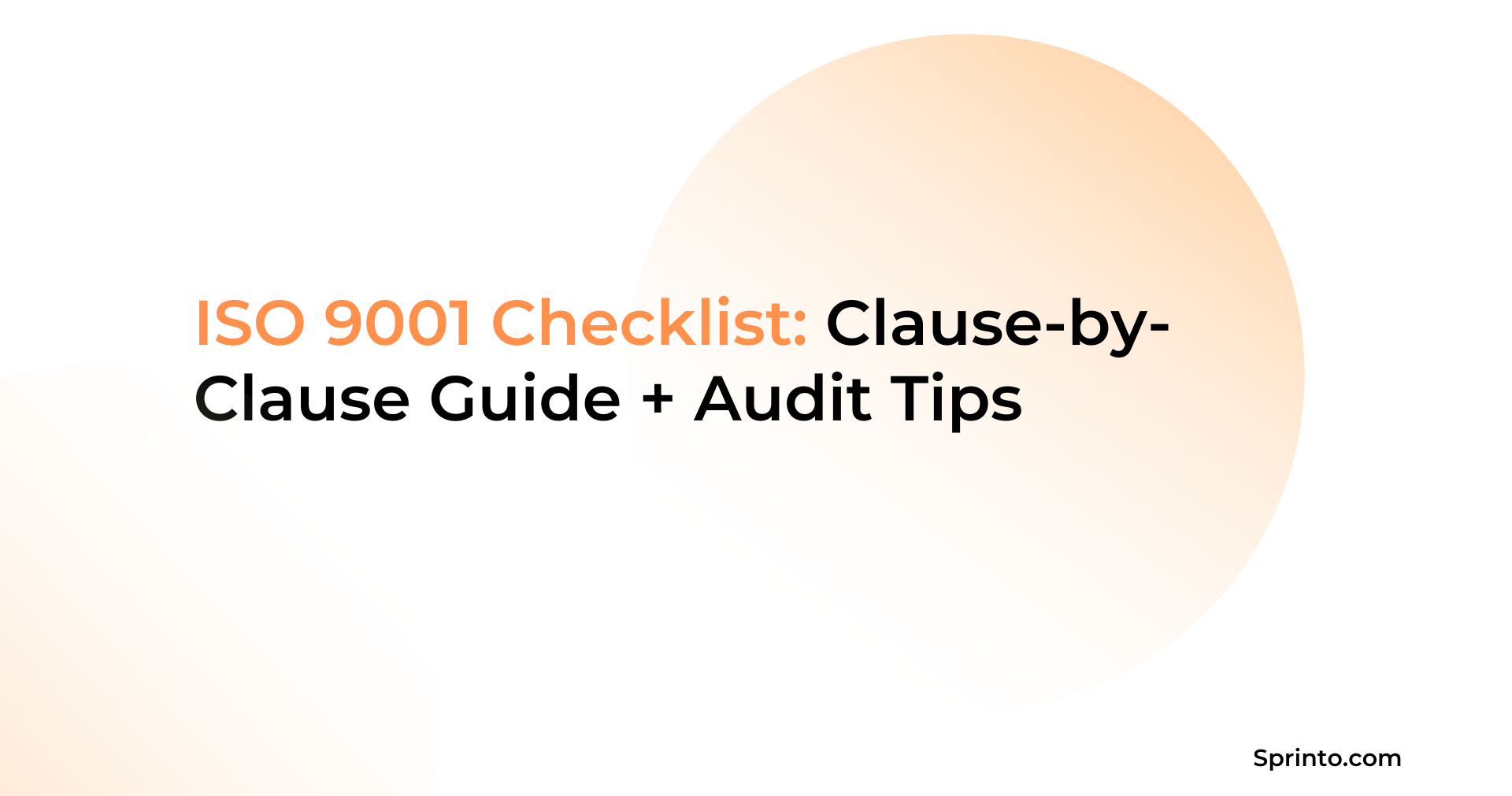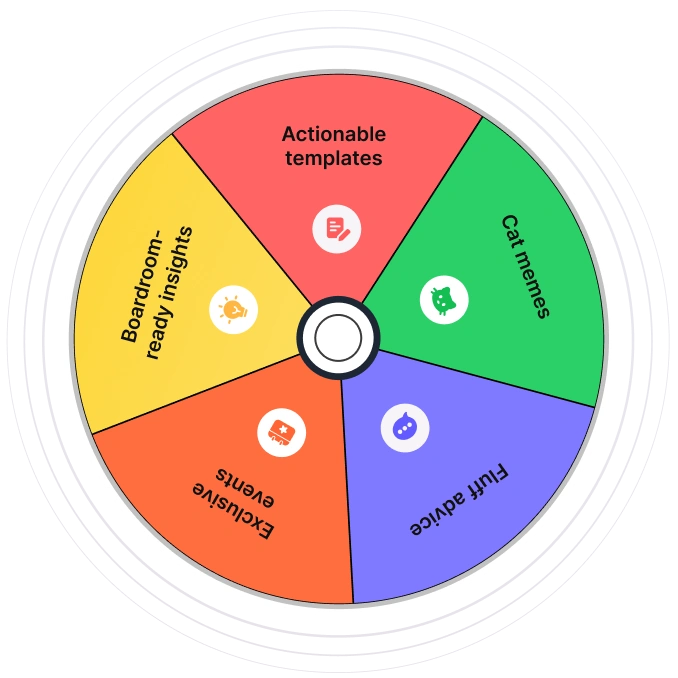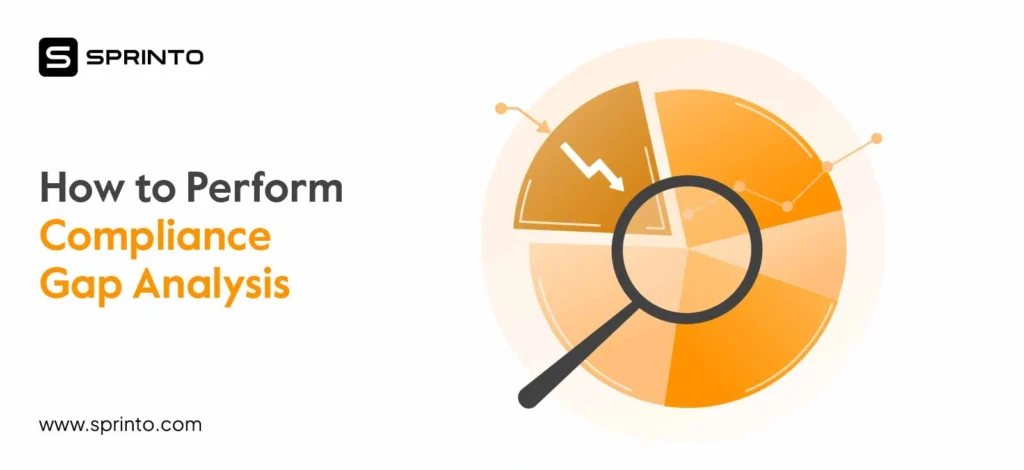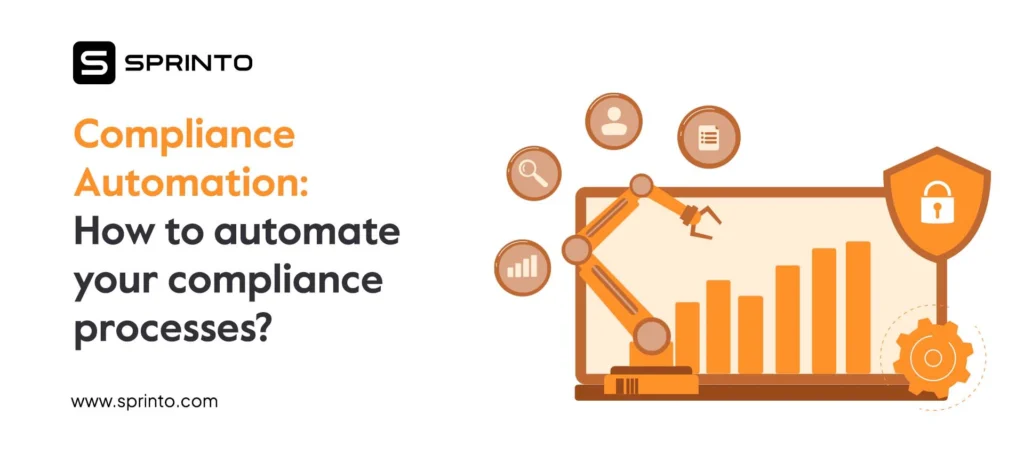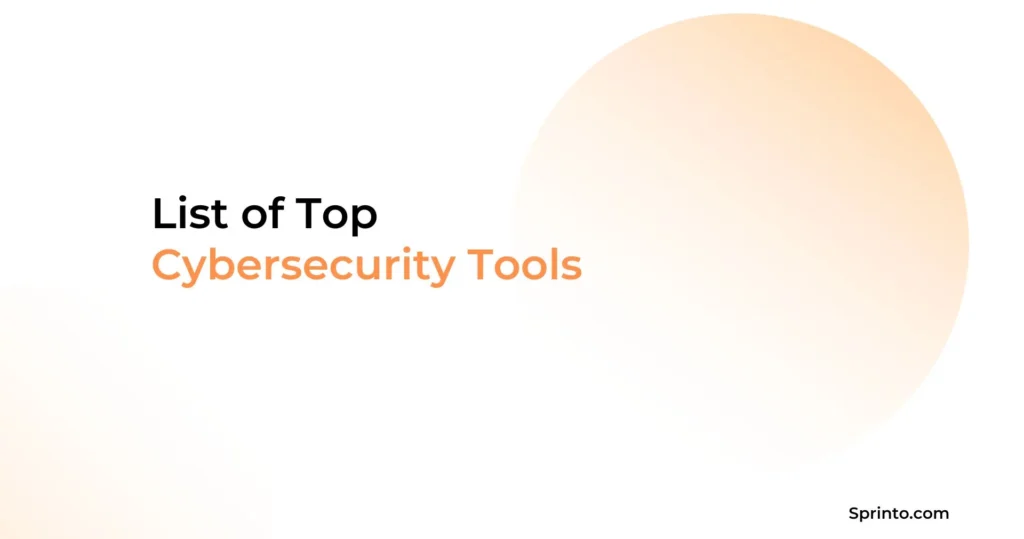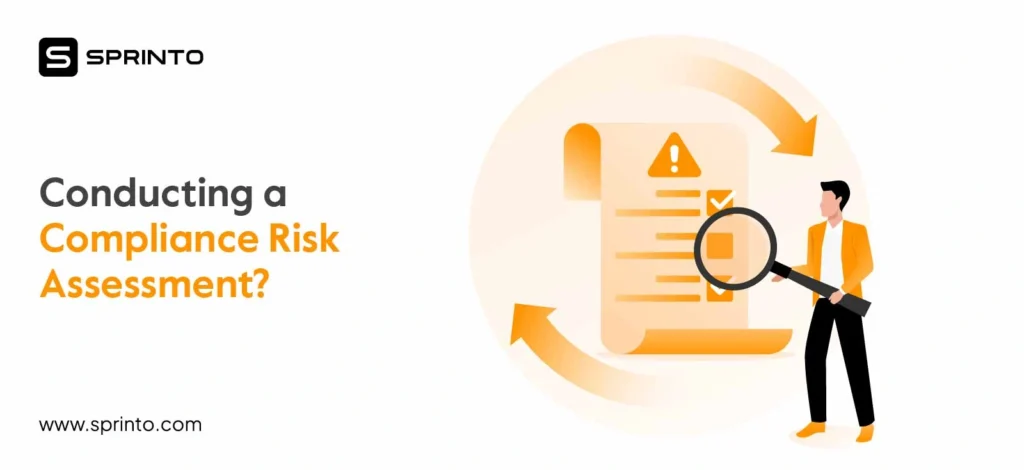Over 1 million organizations worldwide have ISO 9001 certification, spanning 189 countries. It’s a worldwide, recognized standard of quality management. The sheer number of businesses following this tells you one thing: Quality isn’t optional. It’s expected.
Having a documented Quality Management System (QMS) is one thing—being audit-ready is another. That’s where a well-built ISO 9001 checklist steps in. It takes all those clause requirements (4 through 10) and breaks them into clear, trackable actions that teams can follow.
As you read this piece, you’ll know in-depth about the ISO 9001 checklist, why it matters for audits, and how to move from checkbox-ticking to operational maturity.
| TL;DR ISO 9001:2015 outlines how to build and maintain a solid Quality Management System (QMS) laid out in clauses 4 to 10. The checklist helps translate its clause requirements into trackable, audit-ready actions to align documentation with real operations, flag nonconformities early, and ensure teams follow what’s written. Common gaps found during audit: missing records, vague ownership, weak risk logs which can be fixed with clear documentation, named owners, and tracked assessments. |
What is an ISO 9001 checklist? Why does it matter for audits?
The ISO 9001 checklist is your quality game plan, turning dry documentation into real, actionable steps that actually meet the ISO 9001:2015 standard.
With the ISO 9001 checklist, your team gains a clear understanding of the quality aspects through its key clauses (4 to 10), which address strategy, leadership, performance tracking, and ongoing improvement. It’s to make sure that what’s on paper actually works on the floor.
An ISO 9001 checklist
- Helps teams verify that documented processes are actually followed, not just written
- Flags gaps before auditors find them, so that you can implement scheduled improvements
- Keeps internal audits focused and consistent across all clauses
- Offers a near-precise snapshot of compliance readiness to make audits less stressful
- Proves to auditors that you do monitor, measure, and improve your QMS
Download the clause-by-clause ISO 9001 checklist
Different types of ISO 9001 checklists
There are various ISO 9001 checklists. Each of these is defined based on functions such as leadership accountability, operational risks, etc. Here are a few examples:
1. General ISO 9001 checklist
This one gives a broad overview of QMS readiness. It’s useful in early stages or when doing a quick status review before a surveillance or recertification audit. You’ll find questions around policies, scope, documented procedures, and evidence of improvement.
2. Clause-by-clause checklist
It’s a checklist to verify whether your business’s quality aspects function exactly as specified in the standard (clauses 4–10). It’s a structured way to check if each ISO requirement is not just documented but also in practice.
3. Internal audit checklist
An internal audit checklist that defines how you conduct and report audits within the organization. It’s a checklist for internal auditors to objectively evaluate compliance, identify nonconformities, collect evidence, and review corrective actions.
ISO 9001 Clause-by-clause checklist
The first three clauses of the ISO 9001:2015 standard cover the basics. They explain the scope of the standard, list reference documents, and define key terms used throughout. But the operational action starts at Clause 4.
Clause 4: Context of the organization
Clause 4 targets the scope of your QMS, laying the foundation for understanding internal and external drivers and identifying stakeholder expectations. It helps identify key internal and external factors such as regulatory changes, supplier reliability.
Clause 4 also focuses on reviewing the needs of stakeholders and documenting the same and defining the scope of the QMS.
Clause 5: Leadership
Clause 5 holds leaders accountable for shaping a quality-first culture. They must define measurable quality objectives, assign clear responsibilities, and actively drive engagement across teams.
Clause 6: Planning
It requires organizations to define clear, measurable objectives, set ownership, and allocate the right resources. Also, you need to plan for risks and opportunities upfront so that your quality goals don’t slow down when conditions change.
Clause 7: Support
You’ll ask: Does my organization’s QMS have the right resources, training, infrastructure, and knowledge to function effectively?
If not, you’d check beyond the physical tools to include competencies, internal communication, and documentation.
Clause 8: Operation
This clause prepares you to align operations for meeting customer requirements. It pushes you to define transparent processes so that the delivery pipeline is traceable end-to-end and risks are accounted for upfront.
Clause 9: Performance Evaluation
Gain visibility and insight as you turn raw activity into measurable results. This clause requires you to track what works and what doesn’t, taking corrective steps accordingly.
Clause 10: Improvement
All these ISO 9001 clauses collectively boil down to changes you need to make for improvements. So, you aren’t just fixing what’s broken, but you’d learn from outcomes and make measurable changes.
What are the key components included in a checklist?
These are the five major areas to cover in your ISO 9001. These are the ones that directly influence audit outcomes.
1. Documentation
It’s not enough to claim your processes exist. Auditors want proof that you can provide by capturing what happens on the ground. This could be in the form of signed SOPs, training records, inspection logs, customer feedback, etc.
2. Roles and responsibilities
Assign ownership for every task in your QMS. The checklist must confirm that responsibilities are defined at every level, be it quality leads, department heads, and process owners.
3. Risk management
The risk part in your checklist promotes designing a system that knows where it might fail and has the maturity to correct it. Its typical implementation includes risk registers, mitigation plans, review cycles, and records that show you’re not just reacting but anticipating.
4. Performance indicators
Auditors demand proof. They need to know that your systems function effectively in tandem. So, quantify your effort as well as results by tying KPIs to quality objectives, such as defect rates, turnaround times, audit scores, or customer complaints.
5. Corrective actions
There can be bottlenecks and lapses in the QMS. But a lot goes into how you tackle those issues. Therefore, ensure that your checklist outlines processes for logging non-conformities, identifying root causes, implementing fixes, and steps for continuous improvement.
How to use the ISO 9001 checklist during internal audits?
An internal audit without a guide often leads to missed checkpoints or inconsistent outcomes. And so, you need an ISO 9001 checklist that can anchor the process.
The following aspects can help you decide on what to review, how to gather evidence, and where to look for red flags to let internal audits run with structure and purpose.
1. Planning: First, you define the scope of the audit based on the checklist. It should clearly demonstrate what will be reviewed, which clauses are applicable, and which departments are involved.
2. Execution: During the audit, a checklist helps tie each item directly to a requirement in clauses 4–10. Auditors and team leads can go line by line and validate whether documented processes match actual practice.
3. Documentation: Make sure to include space for notes with every item in the checklist. It should consist of records reviewed and evidence found so that it becomes a traceable log of how the audit was conducted.
4. Reporting and follow-up: There’s a post-audit checklist that shows what was checked, what was non-conforming, and what requires action. It’s a way leadership can prioritize improvements, assign owners, and track timelines.
Common gaps found via the checklist and how to resolve them?
Checklists can help identify where errors occur in day-to-day operations. These gaps often stem from assumptions where a process remains undocumented or responsibilities changed hands without formal communication.
Over time, these small mistakes can hinder certification or lead to nonconformities during external audits. Some of the most common ones are:
1. Missing documentation: You may have followed the processes, but without a formal record. So, maintain updated SOPs, calibration logs, and training records for every clause.
2. Unclear roles and ownership: It’s a gap that occurs when tasks are completed, but no one remains accountable on paper. So, map out responsibilities directly to QMS requirements with named owners.
3. Weak risk assessment logs: You need to track (and not just discuss) risks by creating a living document. It should define who, when, and how to assess and review risks on a regular basis.
How can Sprinto help automate ISO 9001 compliance and audits?
Sprinto offers in-house ISO 9001:2015 implementation support for SaaS and software service companies. Your dedicated TAM (Technical Account Manager) guides every step, reducing the guesswork and giving you a clear path to compliance.
With Sprinto, you get more than templates; you get a ready-to-use system designed to get you audit-ready faster. From policy documentation (about 10–12 policies tailored to your business) to QMS training, our team equips you with everything you need to set up a compliant Quality Management System.
The goal is simple: Set up a compliant QMS that doesn’t slow down your business and contributes to better product quality, happier customers, and improved internal processes.
If you’re looking for a guided, no-fluff approach to ISO 9001:2015 compliance tailored for SaaS, Sprinto is the partner you’ve been looking for.

Frequently asked questions
1. What is ISO 9001:2015, and why is it important?
This is the latest version of the global quality management standard. It assesses whether your company meets customer and regulatory expectations through a structured, documented process.
2. Do I need a checklist for ISO 9001?
Certainly! It will help you to verify if each requirement of the standard is addressed.
3. How often should internal ISO 9001 audits be conducted?
Businesses hold internal audits annually or biannually. It depends on the size of the organization and also on how the process evolves.
4. Can I automate ISO 9001 audits?
You can’t automate everything. But, some portion of this audit can be automated using Sprinto. It helps you with evidence collection, assigning tasks, and tracking progress.
5. What’s the most common audit gap in ISO 9001?
Unclear roles or undocumented changes. Even if things are done correctly, the lack of formal records can trigger a non-conformity.
Pansy
Pansy is an ISC2 Certified in Cybersecurity content marketer with a background in Computer Science engineering. Lately, she has been exploring the world of marketing through the lens of GRC (Governance, risk & compliance) with Sprinto. When she’s not working, she’s either deeply engrossed in political fiction or honing her culinary skills. You may also find her sunbathing on a beach or hiking through a dense forest.
Explore more
research & insights curated to help you earn a seat at the table.



